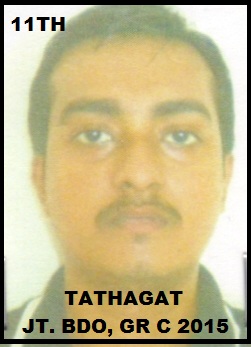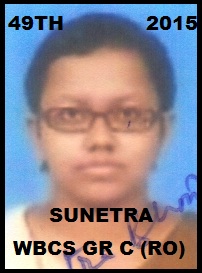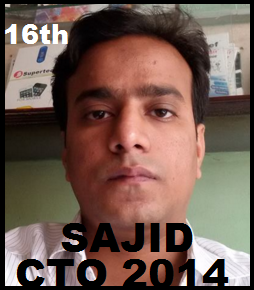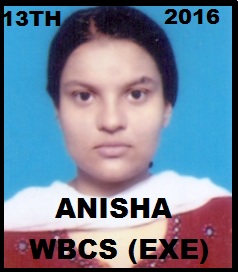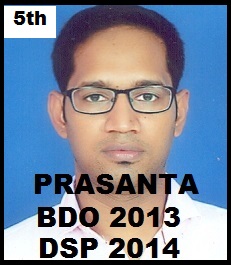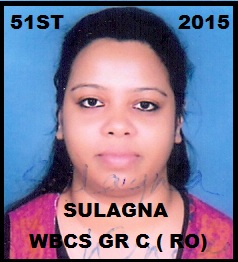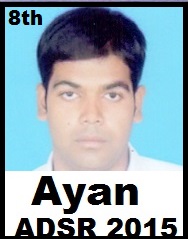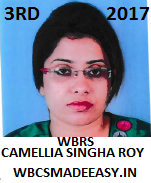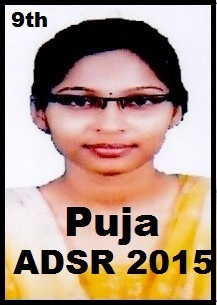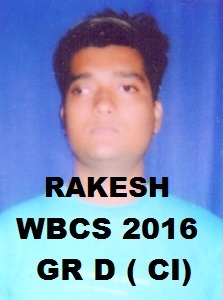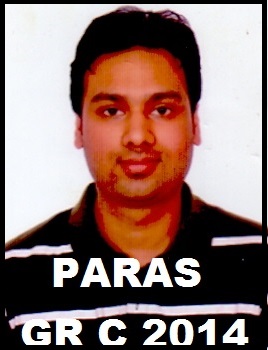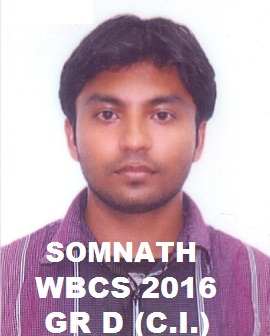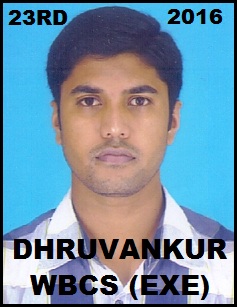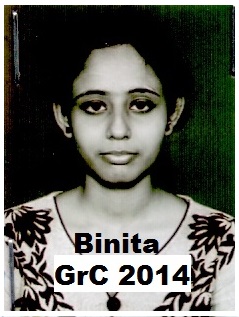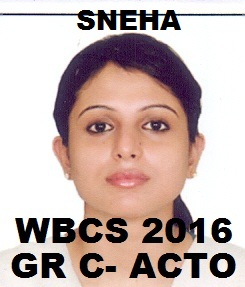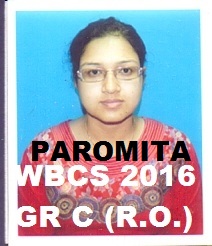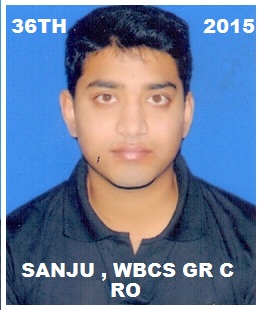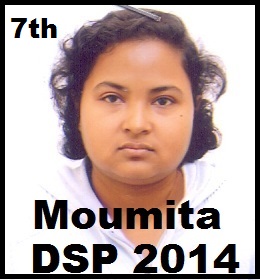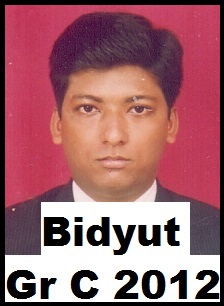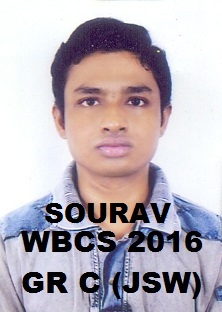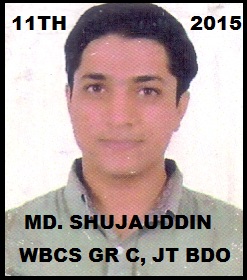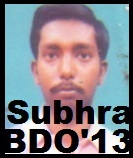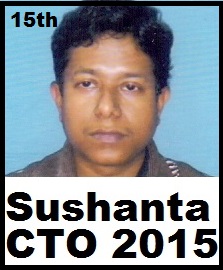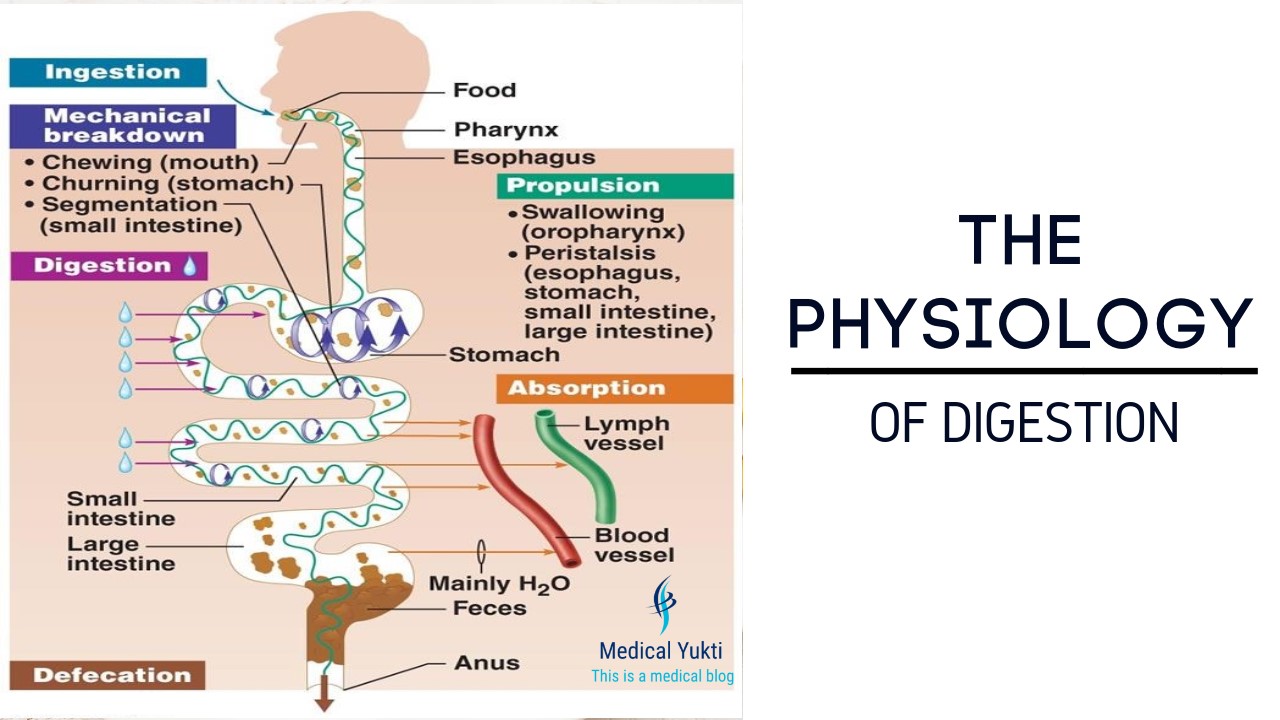W.B.C.S. Examination Notes On – Physiology Of Digestion – Zoology Notes.
WBCS পরীক্ষার নোট – হজমের ফিজিওলজি (দেহ তত্ব) – প্রাণিবিদ্যা নোটস।
Salivary glands are found in the mouth. The secretion of salivary glands is called saliva. Saliva is slightly alkaline in nature containing about 99% water.Continue Reading W.B.C.S. Examination Notes On – Physiology Of Digestion – Zoology Notes.
It consists of proteins like mucin which helps in lubricating and passage of the food along the alimentary canal. It also contains the enzymes like salivary amylase and lysozyme. Amylase enzyme incompletely digests starch (tasteless polysaccharide) into maltose (sweet tasting disaccharide). Thus amylase is very helpful for the animals with starch rich diet.
For example, pigs as they feed on tubers and roots. It is important to note that amylase is absent in the saliva of domestic herbivore animals like cows and buffaloes and also in carnivore animals like tiger, lion, etc. The other enzyme present in saliva is lysozyme. It helps to kill the harmful bacteria.
Several small salivary glands are distributed inside the mouth on inner lining of the lips, cheeks, palate, pharynx and tongue. The important salivary glands which are present outside the mouth are parotid, submandibular and submaxillary glands. All of these glands discharge their secretions into the mouth through ducts.
The food enters the digestive tract through mouth or oral cavity. The food is chewed or masticated with the help of teeth. The masticated food is mixed up with the salivary juice secreted by the salivary glands. In man three types of salivary glands are present in pairs. They are Parotid glands in upper jaw, sub lingual and sub maxillary in lower jaw. The saliva contains 99.4% of water and remaining 0.5% of proteins like mucin which is a glycoprotein. The saliva is slightly is acidic in nature having the pH of about 6.8. Number of buccal glands present in the mouth secrete mucous into saliva. The secretion and flow of saliva is stimulated by
- The food in the mouth stimulates salivary secretion
- Dry food secretes more saliva than the moist food
- The thought, sight and smell of the food stimulates saliva
- Acids, salts and many other chemical agents stimulate the salivary secretion.
Maltose is the end product of starch in salivary digestion while insoluble starch is the starting component of digestion.
Salivary amylase activity
- It acts rapidly at the normal body temperature
- It acts more rapidly at 50 to 55o C
- At 75 o C it gets destroyed
- Amylase activity in the stomach is inhibited when acidity of the stomach reaches a pH of less than two.
- The chloride ion is necessary for amylase activity. When the food in the mouth is mixed well with the saliva, the pepsin activity in the stomach is rapid.
When the food is masticated in the mouth in the presence of saliva and mucous, it becomes sticky. When swallowed, this sticky food reaches the stomach through the oesophagus. This phenomenon is called deglutition. This process is assisted by the peristaltic action of the muscles of oesophagus. Because of the absence of the digestive glands, no digestion occurs in oesophagus.
Please subscribe here to get all future updates on this post/page/category/website


 +919674493673
+919674493673  mailus@wbcsmadeeasy.in
mailus@wbcsmadeeasy.in



